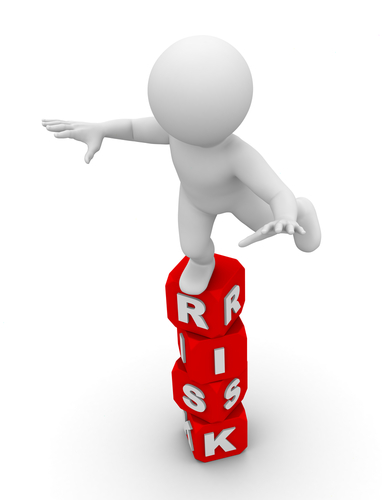 Managing project risk is very important, however, we often overlook this task or push it aside for other work thought to be more important. In managing project, you are better taking some times to identify, analyze, and plan how you will respond to uncertainty events, are called risks that can make your projects run smoother and reduce the time you spend managing crises.
Managing project risk is very important, however, we often overlook this task or push it aside for other work thought to be more important. In managing project, you are better taking some times to identify, analyze, and plan how you will respond to uncertainty events, are called risks that can make your projects run smoother and reduce the time you spend managing crises.
So, what should you in managing your project risks? Follow these steps:
Define the amount of risk the project can absorb by establishing Risk Limits. You have to define for example, the greatest degree of risk that the schedule and budget can absorb without delivering the project late or over budget. You have to define the parameter of schedule risks and budget risks as well, i.e. low, medium and high.
Define the events that could prevent you from delivering the project according to plan by identifying Project Risks. You have to remember that Risk Identification occurs throughout a project. Starting from initiating phase where the team identify high-level project risks; during the planning phase where team identify detailed project risks identification, during monitoring and controlling project execution, the team has to look for new risks to any of the project objectives.
Determine the risks that need your attention by assessing the likelihood that risks will occur and determine the impact to the project.
Gain a complete picture of the risks associated with the project. You have to provide the sponsor and customer a complete assessment of the risks associated with the project by creating the Risk Register.
Reduce the effects of risks on the project by developing Risk Response Plans. You will probably not develop detailed risk responses to all risks, especially if you have identified more than 20 risks. Put any low-impact probability risk on a "watch list" and revisit them periodically.
Tips: Trying to identify project risks as much as possible. Because you cannot respond to risks that you don't know about.










0 comments:
Post a Comment